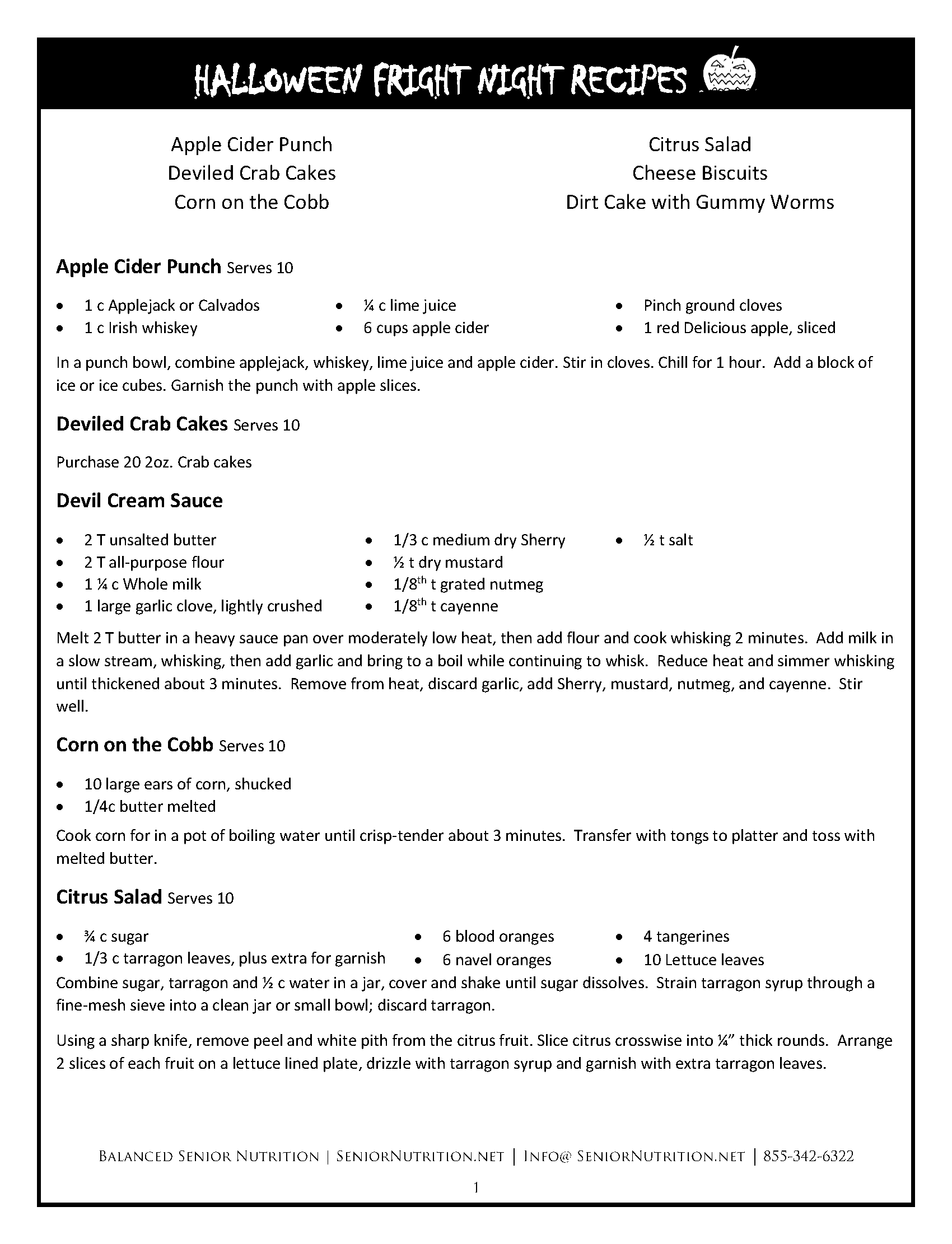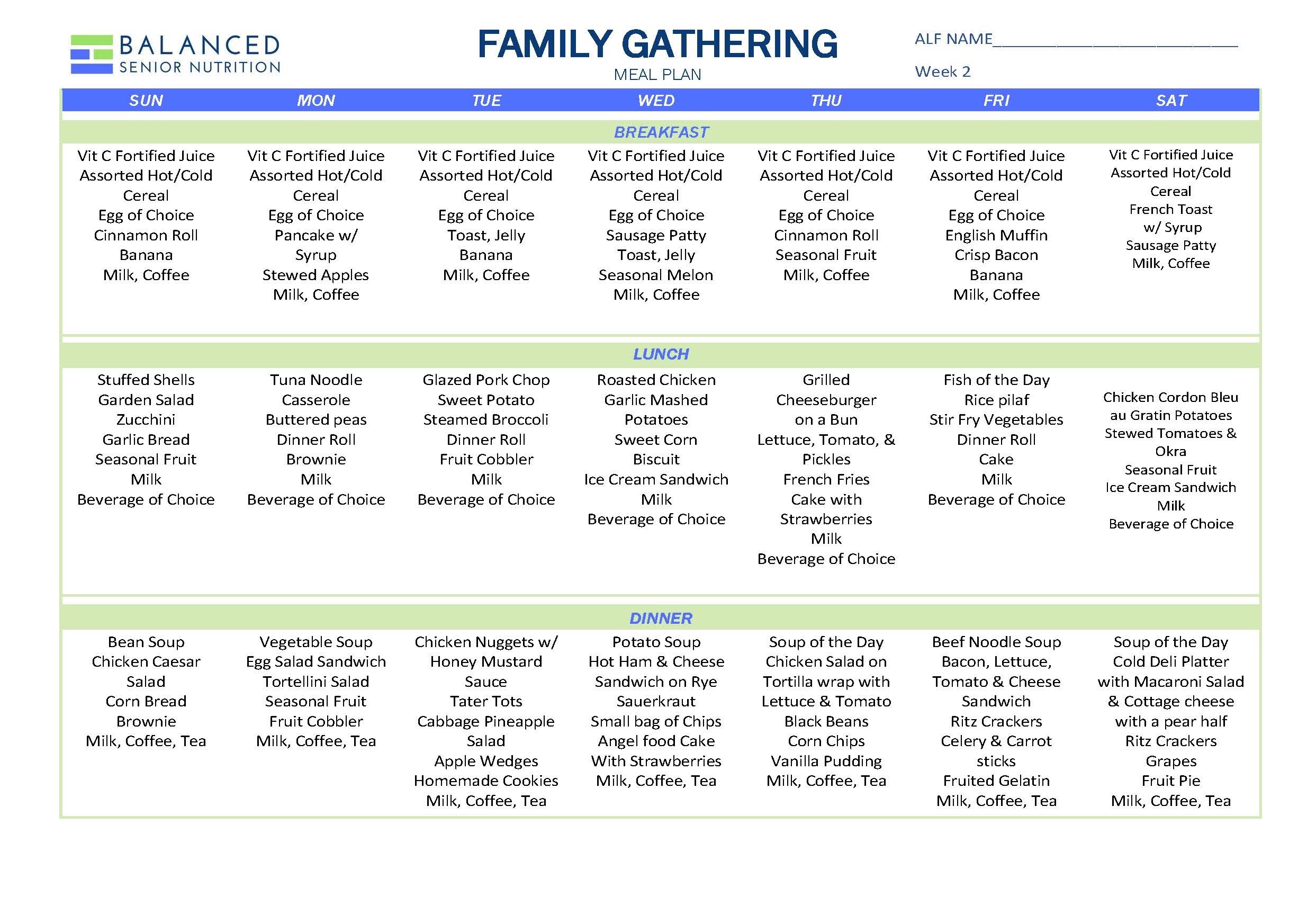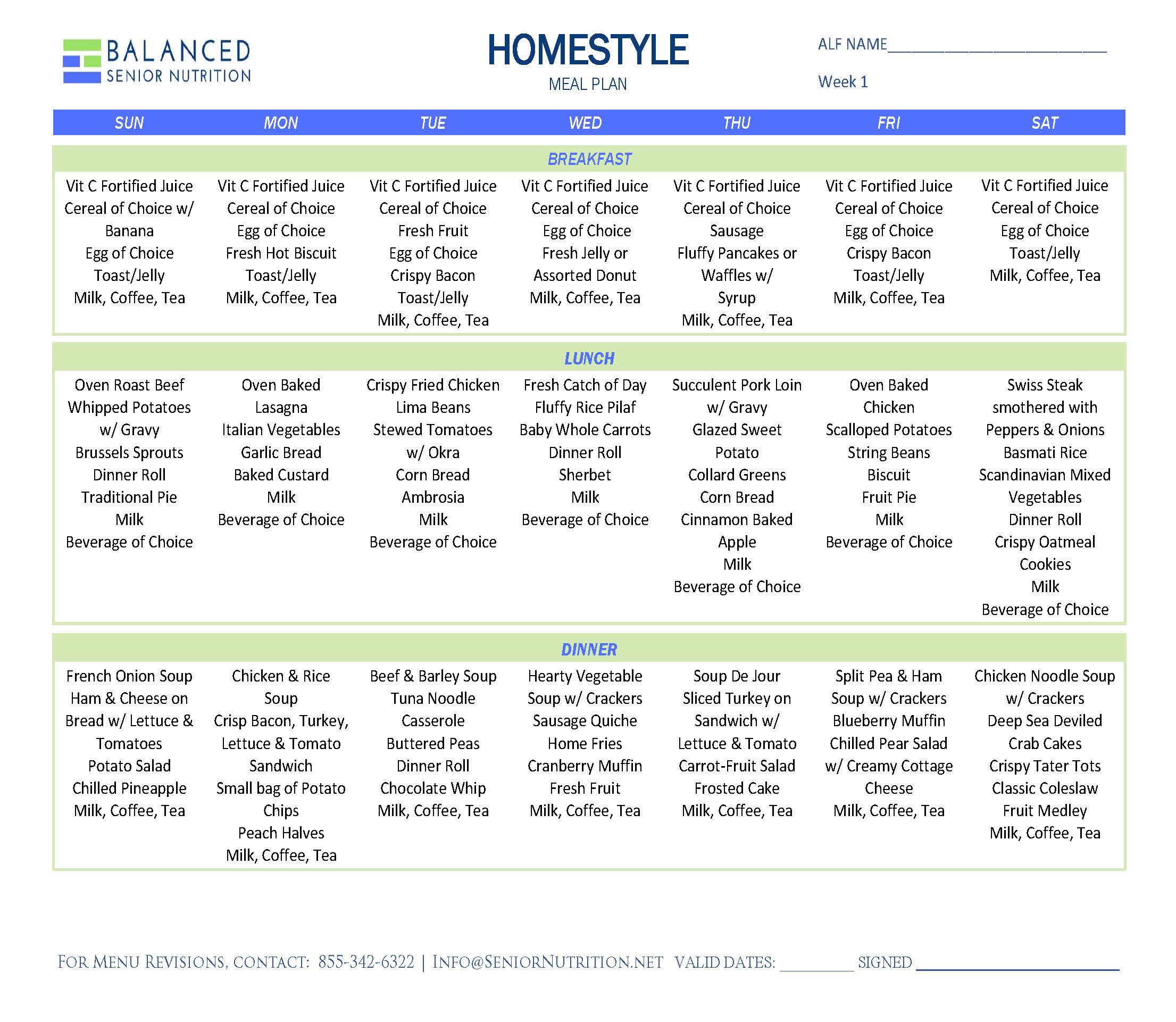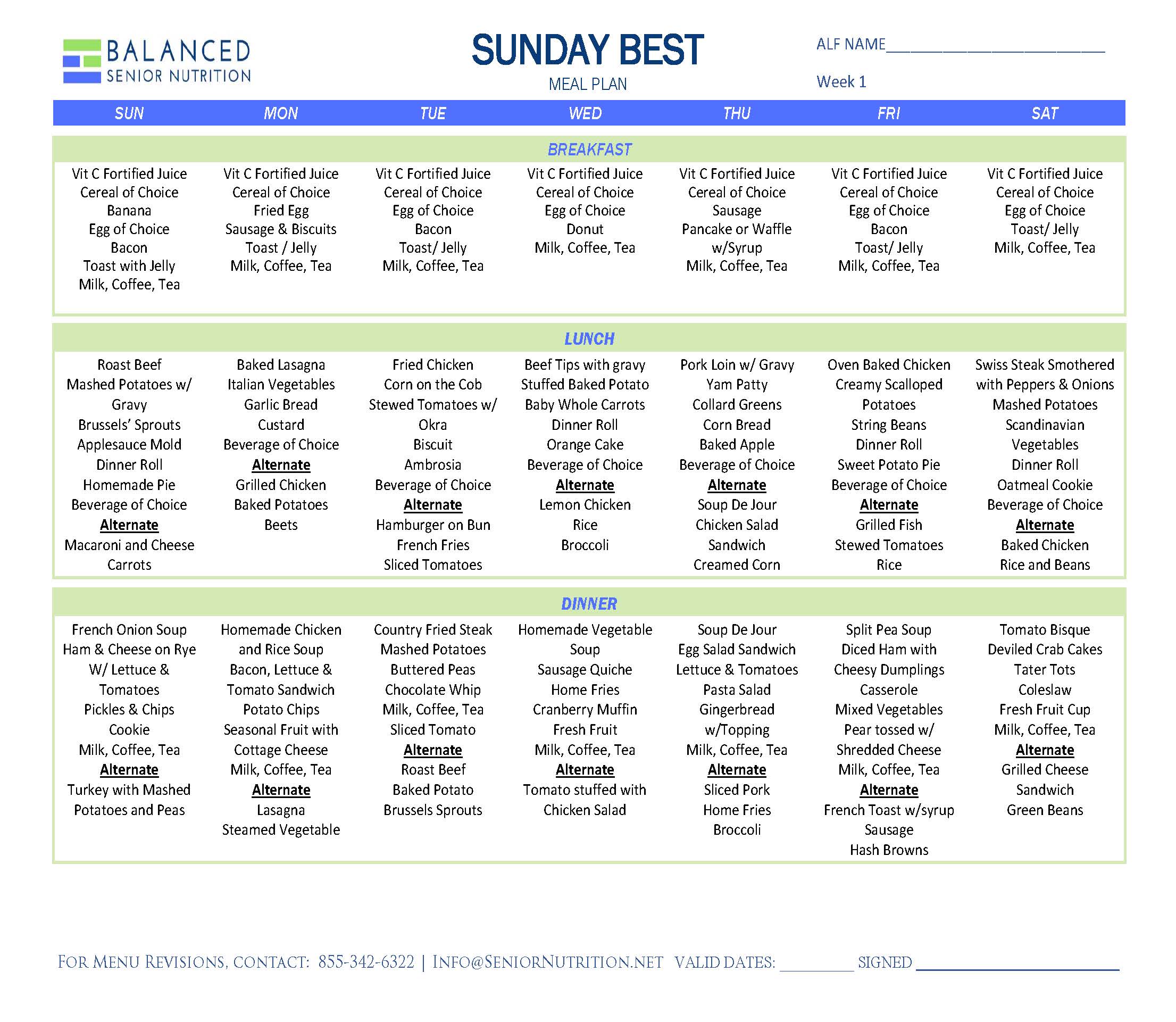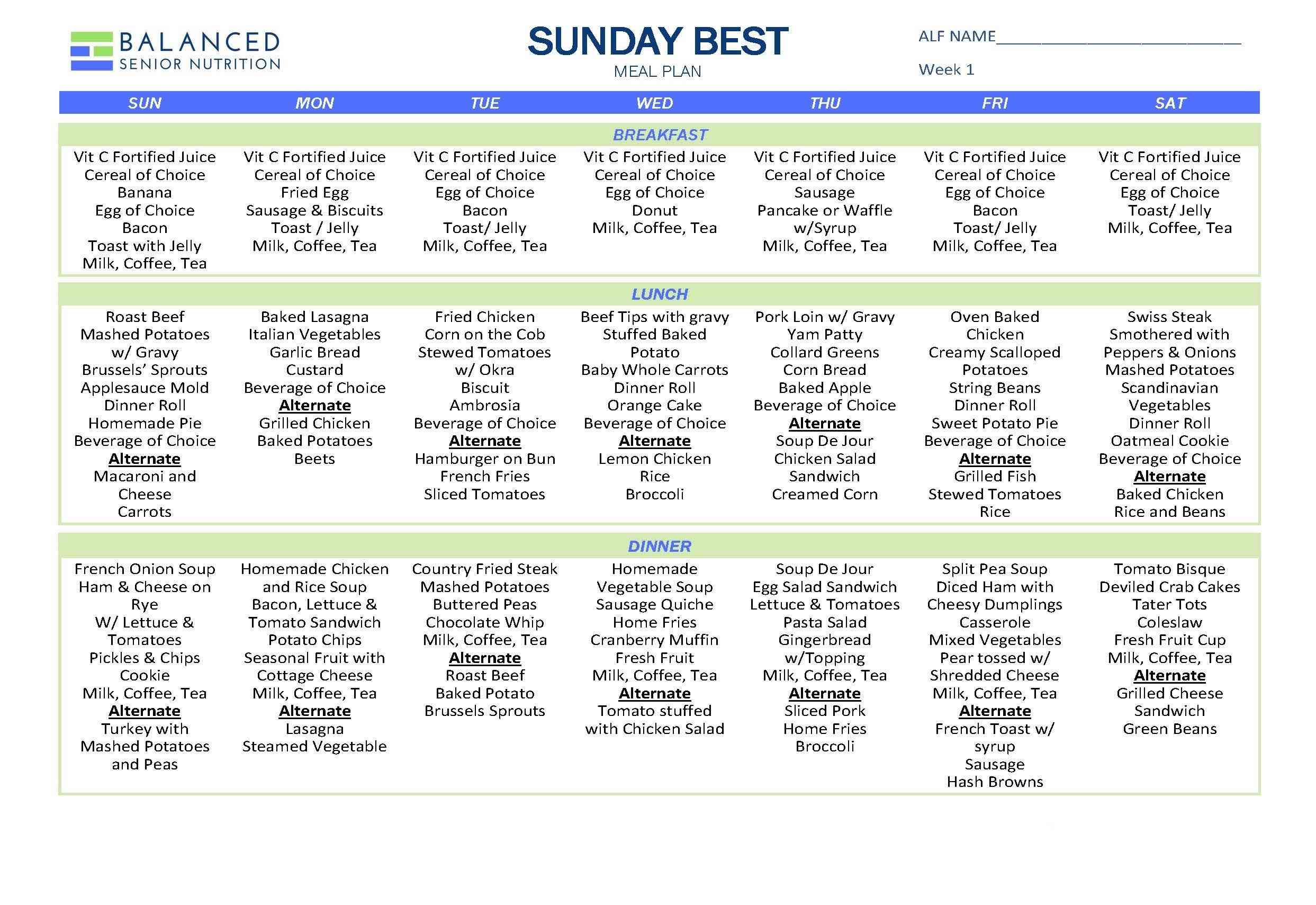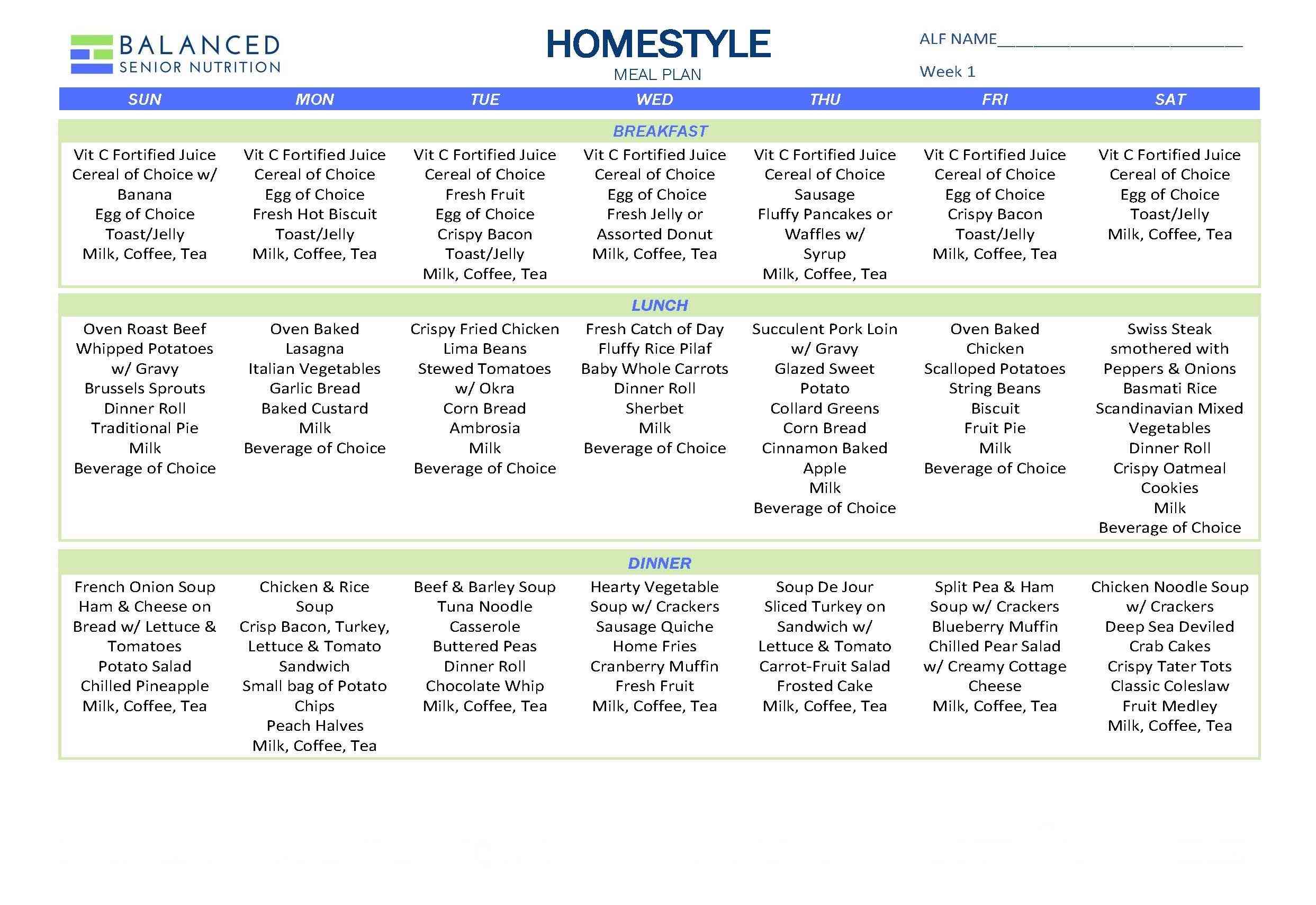
Last post, we told you about two effective methods that promote health and prevent weight loss in a long-term care community. They were:
-
-
- Serve meals timely in a safe & sanitary manner Recognize food and mealtime preferences
- Recognize food and mealtime preferences
- Liberalize diets when possible or desired
-
Now here are more great ways to promote good nutrition and prevent weight loss.
#1: Offer tasty food and substitutions
Imagine someone who was married to a good cook for forty years, enjoying well-prepared tasty meals of the foods he loves, and then suddenly due to an illness he must enter into a long-term care community. Now, imagine a community that understands this man’s upheaval and works toward providing meals and snacks that are delicious and nutritious like the ones he was used to being served. What an improvement that would make in that person’s life!
#2: Serve meals with dignity & respect
One of the key components of person-centered care is to treat each person with dignity and respect. Here are some of the ways to accomplish that.
-
-
- Have assistive devices available
-
Some people who enter long term care may have physical problems that require tools to help them eat their meals and snacks. Here is a short list of the most common assistive devices:
-
-
- Foam handles
- Weighted utensils
- Scoop plate,
- Two-handled mug
- Kennedy cup
-
These tools make life easier for everyone and promote good nutrition by helping residents eat the foods they like as safely as possible.
-
-
- Provide proper positioning
-
It is extremely important that we teach people with swallowing issues the best position to sit for eating their meals. Improper positioning may increase their risk of aspiration and make it harder to eat, adding to a loss of independence.
Here’s a quick reminder of the proper way to sit:
- First: Use a chair that will allow you to sit close to the table.
- Next: Sit straight in a chair with hips positioned back in the seat forming a 90-degree angle.
- Your thighs should be fully supported.
- Bend your knees at a comfortable angle and have your feet fully supported.
- Both arms should be supported, which helps keep your body upright and in center of chair.
- Finally: Do not tilt the head backwards while eating or drinking, tuck chin in slightly.
In Conclusion
When a resident is at risk for health issues, as many are, a nutritional approach will follow best practice guidelines. However, personal preferences, along with current evidence-based research and professional judgement, must be factored into the approach to avoid citations.
To help make that effort easier, we’d like to offer you an overview on Best Practices for Nutrition for a quick look at what you should be doing to keep folks as healthy and happy as possible.


